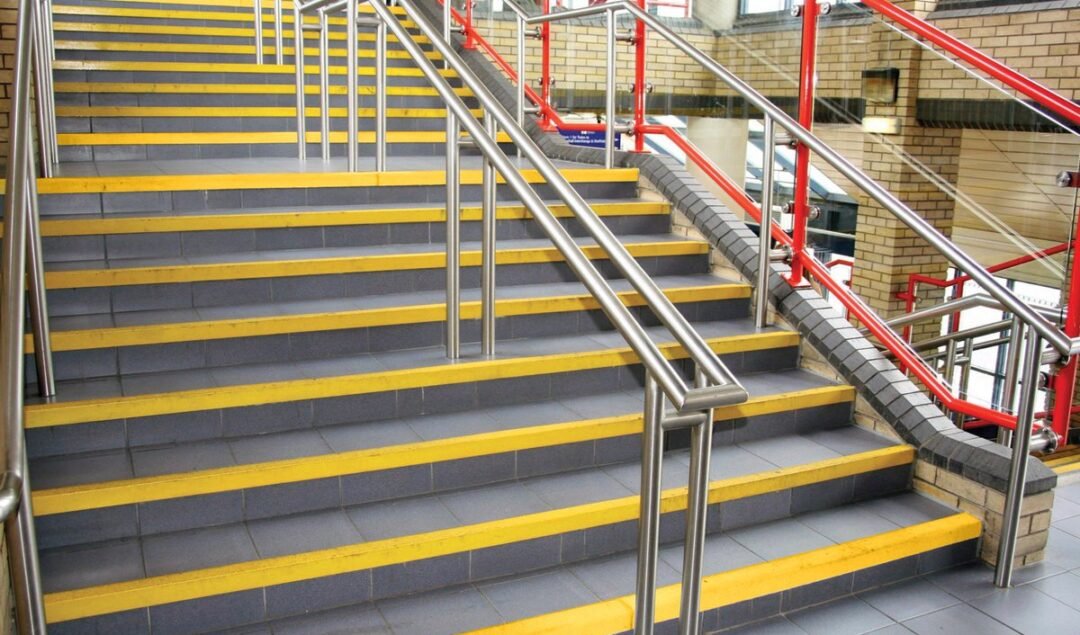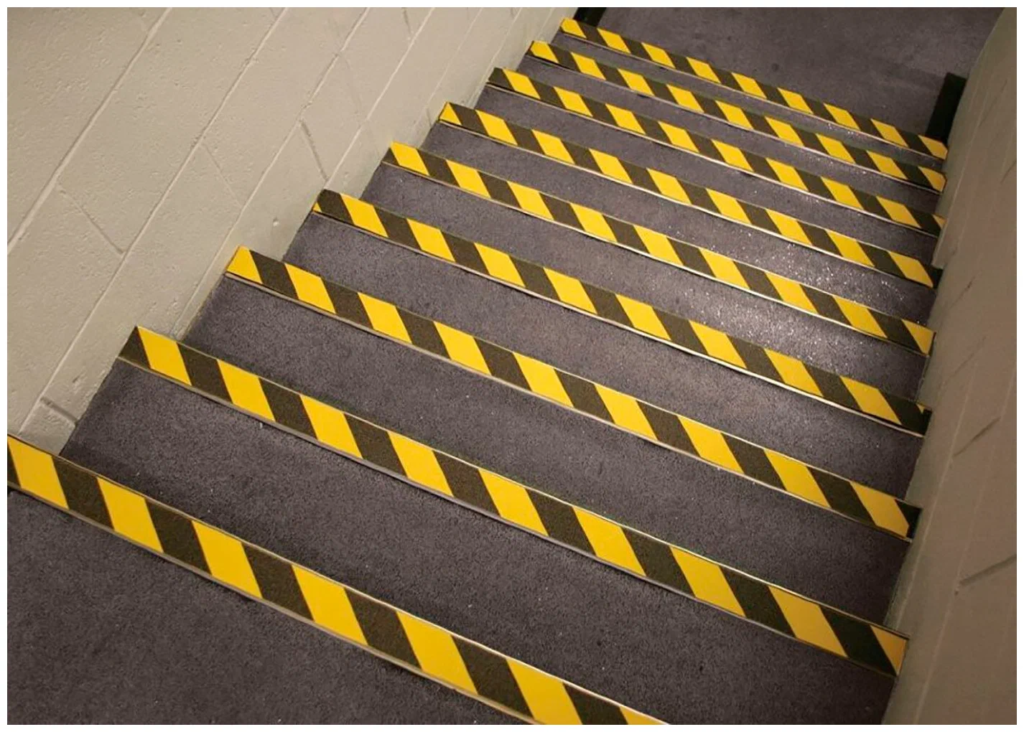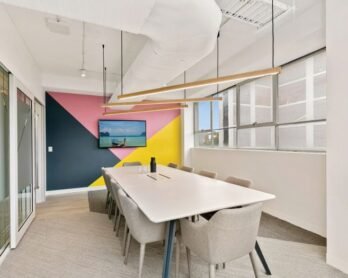Stair Nosing: Your Partner in Efficient Traffic Flow and Safety

When it comes to navigating busy spaces, stairs can often become the unsung heroes of traffic management. Think about it – staircases are the connectors between levels, guiding people up and down with each step. But have you ever stopped to consider the role of stair nosing in this process?
From enhancing efficiency to prioritising safety, stair nosing plays a vital role in creating a seamless traffic flow. Let’s unravel the significance of stair nosing and how it becomes your trusted partner in maintaining efficient movement and ensuring safety.
Understanding the Power of Stair Nosing
Staircases aren’t just functional elements; they’re pathways that bridge different areas. This is where stair nosing steps in. You might be wondering, “What is stair nosing, and why is it important?” Well, stair nosing refers to the protective edge that’s installed at the edge of each step. It serves multiple purposes, all of which contribute to a better traffic flow and heightened safety.
Efficiency in Every Step
Imagine a busy office building during rush hour, or a bustling shopping mall on the weekend. Now, picture individuals confidently and swiftly navigating the stairs without hesitation. This smooth traffic flow is, in part, due to the presence of stair nosing. The added edge provides a clear demarcation for each step, ensuring that people can easily differentiate one step from another. This subtle visual cue streamlines movement, reducing the chances of congestion and making navigation more efficient.
Safety First: The Guardian of Well-Being
In the realm of traffic management, safety is paramount. Uneven or slippery steps can spell disaster, leading to accidents that can be easily prevented. This is where stair nosing truly shines. By providing a non-slip surface and a defined edge, it reduces the risk of slips, trips, and falls. It’s like having a safety net for every foot that ventures on the staircase. This becomes especially crucial in environments where diverse groups of people, including children and elderly individuals, are traversing the same space.

Aesthetic Harmony with Functionality
Now, you might be wondering about the visual aspect. Does stair nosing sacrifice aesthetics for functionality? Not at all. Modern stair nosing solutions are designed to seamlessly blend in with the overall architecture. They come in a variety of materials, colours, and finishes that complement the design of the space while serving their purpose efficiently.
Choosing the Right Stair Nosing
When it comes to selecting stair nosing for your space, here are a few factors to consider:
1. Material Matters
Choose a material that aligns with the aesthetics of your space while offering durability and slip resistance. Options range from rubber to metal to various composite materials.
2. Visual Contrast
Opt for a stair nosing that provides clear visual contrast with the steps. This ensures that the edges are easily distinguishable, even in varying lighting conditions.
3. Traffic Volume
Consider the volume of foot traffic in your space. High-traffic areas might require more heavy-duty stair nosing solutions to withstand constant use.
4. Durability
Invest in stair nosing that can withstand wear and tear over time. A durable solution ensures long-term safety and efficiency.
Final Words
In the world of efficient traffic management, every element counts. Stair nosing may seem subtle, but its impact is profound. It transforms staircases into safe, well-defined pathways that facilitate movement and prevent accidents. Whether it’s in commercial spaces, educational institutions, or public buildings, the inclusion of stair nosing showcases a commitment to both functionality and safety.
So, the next time you ascend or descend a staircase, take a moment to appreciate the unassuming yet crucial presence of stair nosing. It’s your silent partner in ensuring that every step you take is a confident one, contributing to the rhythm of efficient traffic flow and promoting safety in the spaces we inhabit.







